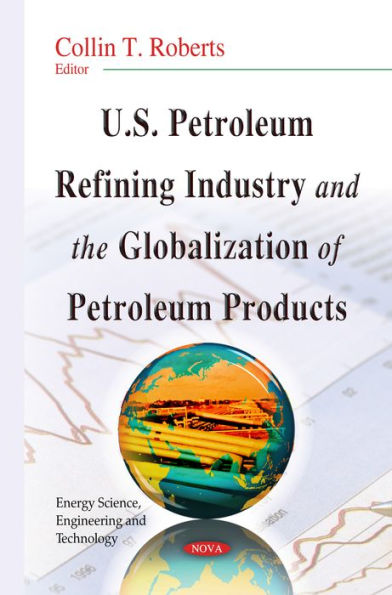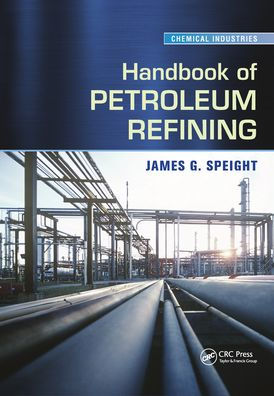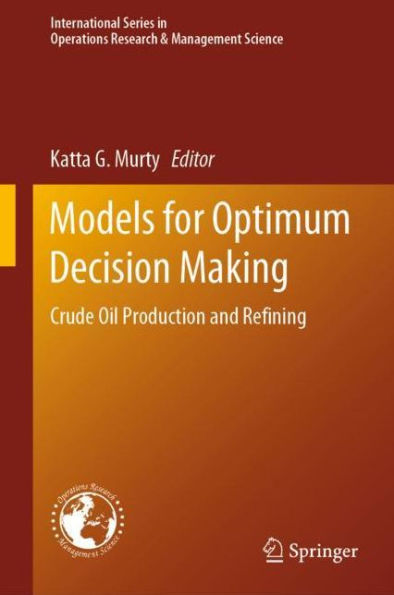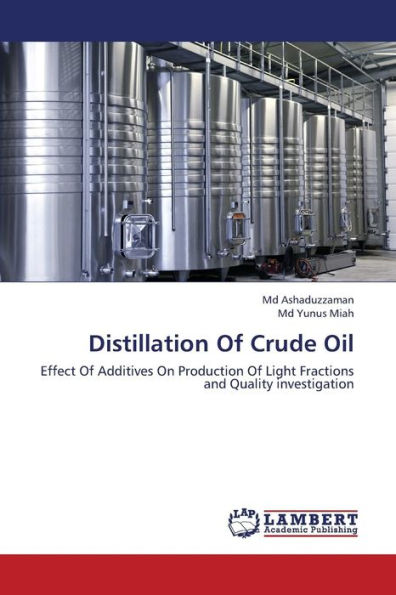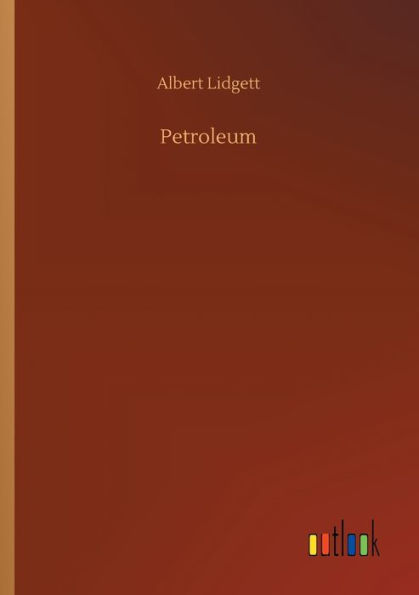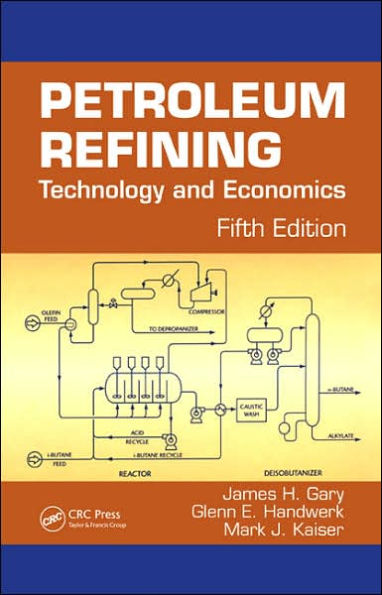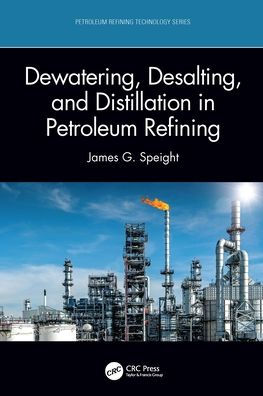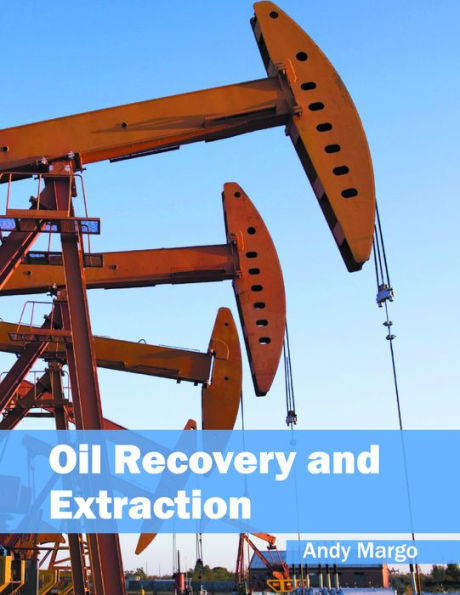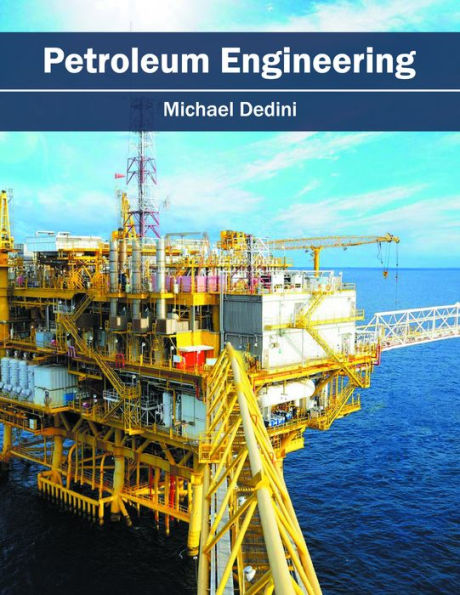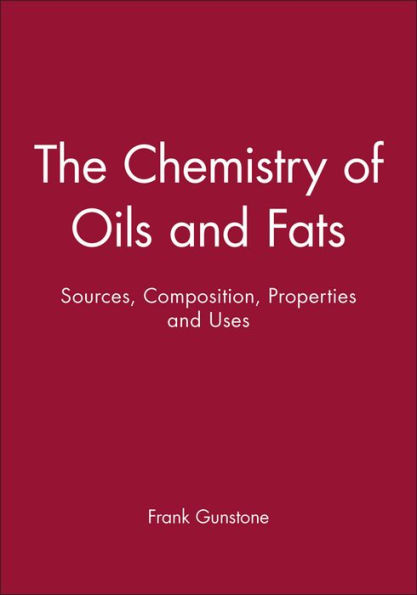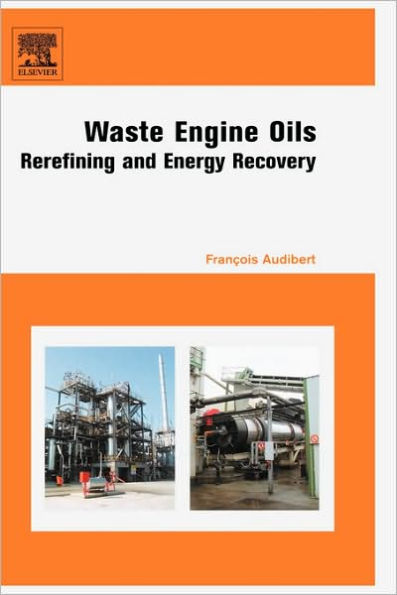Home
Economics of Petroleum Refinement


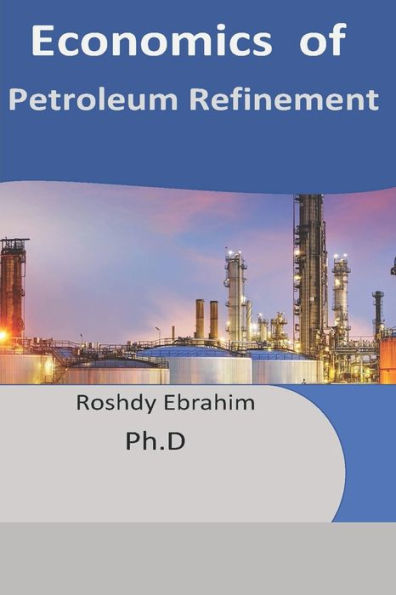
Economics of Petroleum Refinement
Current price: $19.00
Loading Inventory...
Size: OS
petroleum refining is the separation of petroleum into fractions and the sub sequent treating of these fraction s to yield market able products. In fact, a refinery is essentially a group of manufacturing plants which vary in number with the variety of products produced. Refinery process es must be selected and products manufactured to give a balanced operation in which petroleum is converted into a variety of products in amounts that are in accord with the demand for each. For example, the manufacture of products from the lower-boiling portion of petroleum automatically produces a certain amount of higher- boiling components. If the latter cannot be sold as, say, heavy fuel oil, these products will accumulate until refinery storage facilities are full. To prevent the occurrence of such a situation, the refinery must be flexible and be able to change operations as needed. This usually means more process es: thermal processes to change an excess of heavy fuel oil into more gasoline with coke as the residual product, or a vacuum distillation process to separate the heavy oil into lubricating oil stocks and asphalt. The gas and gasoline cuts form the lower-boiling products and are usually more valuable than the higher-boiling fractions and provide gas (liquefied petroleum gas), naphtha, aviation fuel, motor fuel and feedstocks, for the petrochemical industry. Naphtha, a precursor to gasoline and solvents, is extracted from both the light and middle range of distillate cuts and is also used as a feedstock for the petrochemical industry. The middle distillates refer to products from the middle boiling range of petroleum and include kerosene, diesel fuel, distillate fuel oil, and light gas oil. Waxy distillate and lower boiling lubricating oils are sometimes included in the middle distillates. The remainder of the crude oil includes the higher-boiling lubricating oils, gas oil, and residuum (the nonvolatile fraction of the crude oil). The residuum can also produce heavy lubricating oils and waxes, but is more often sued for asphalt production. The complexity of petroleum is emphasized insofar as the actual proportions of light, medium and heavy fractions vary significantly from one crude oil to another. In the early days of the twentieth century, refining processes were developed to extract kerosene for lamps. Any other products were considered unusable and were usually discarded.Thus, first refining processes were developed to purify, stabilize, and improve the quality of kerosene. However, the invention of the internal combustion engine led (at about the time of World War I) to a demand for gasoline, for use in increasing quantities as a motor fuel for cars and trucks. This demand on the lower-boiling products increased, particularly when the market for aviation fuel developed. Thereafter, refining methods had to be constantly adapted and improved to meet the quality requirements and needs of car and aircraft engines.
